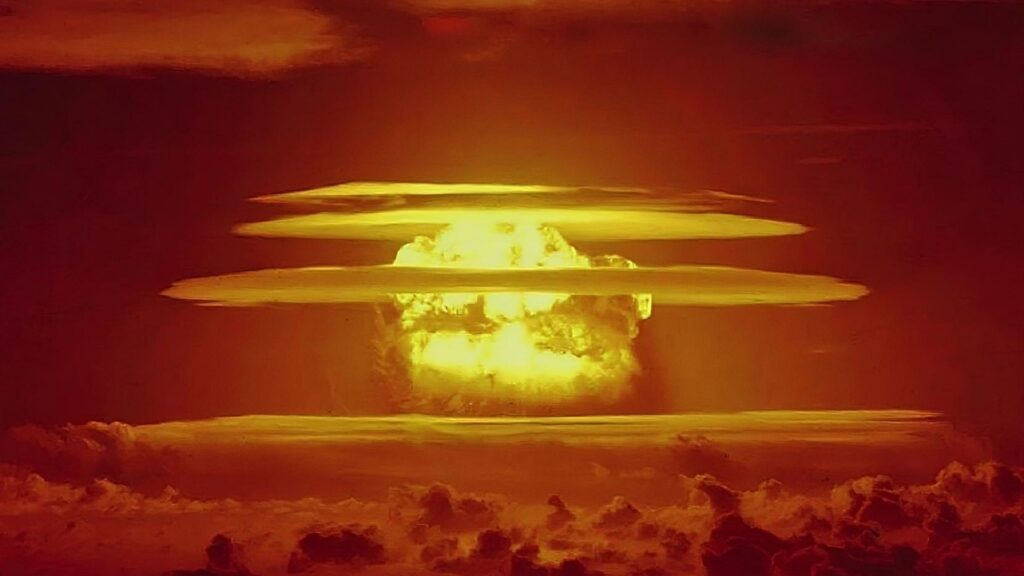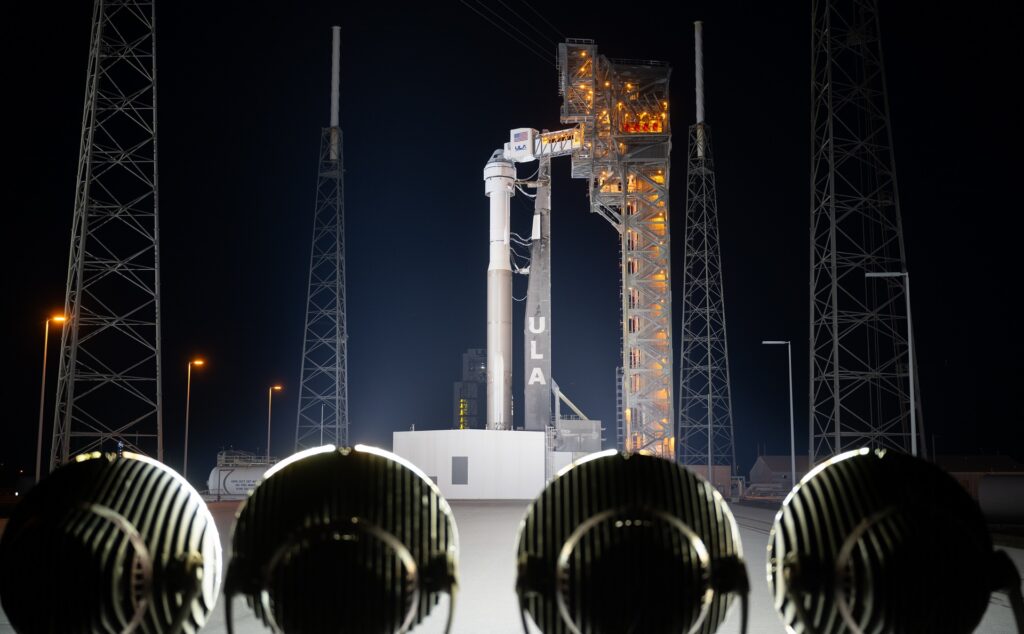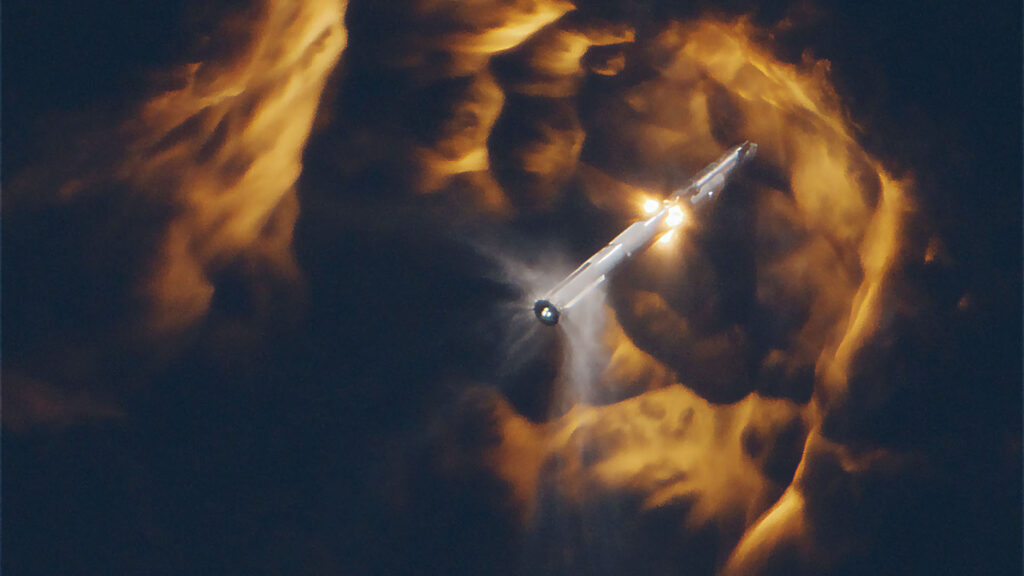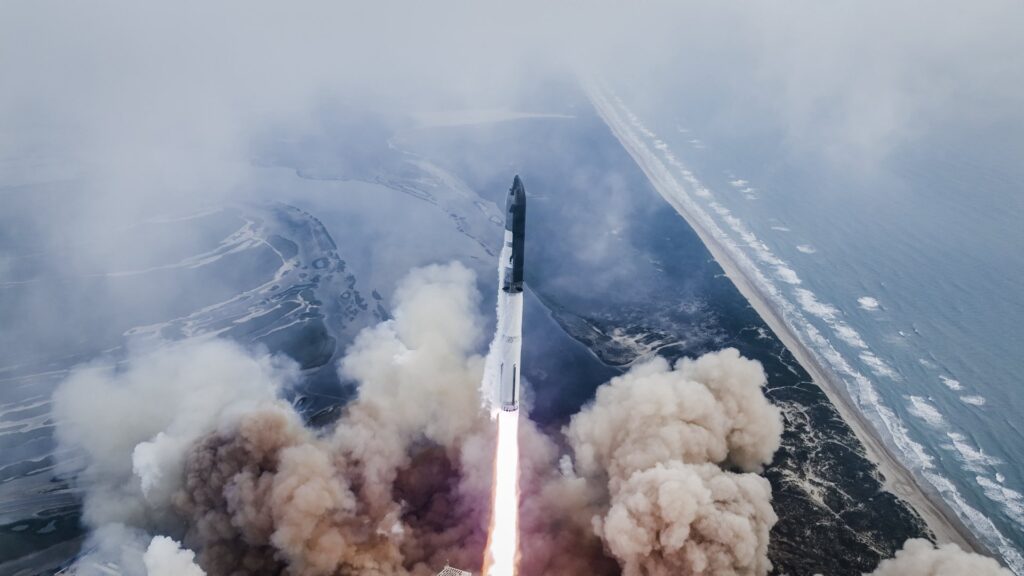On June 3, a "planet parade" of six planets -- Jupiter, Mercury, Uranus, Mars, Neptune and Saturn -- will form a straight line through the pre-dawn sky. Astronomy.com reports: Some 20 minutes before sunrise, all six planets should be visible, though note that Uranus (magnitude 5.9) and Neptune (magnitude 7.8) will be too faint for naked-eye observing and, although they're present in the lineup, will need binoculars or a telescope to spot. But Jupiter (magnitude -2), Mercury (magnitude -1), Mars (magnitude 1), and Saturn (magnitude 1) will all stand out clearly to the naked eye in a line spanning some 73 degrees on the sky.
What's more, a delicate waning crescent Moon is crashing the party as well, standing just to the lower left of Mars. Note, however, that our Moon is not perfectly in line -- that's because Luna's orbit is tilted some 5 degrees with respect to the ecliptic. The next morning, June 4, the crescent Moon does a little better, falling more closely in line a bit farther from Mars. But now Mercury has stepped out of place and stands to Jupiter's lower right (south) as the two planets reach a close conjunction just 7 degrees apart -- not to be missed, especially in binoculars or telescopes!
By June 5, Mercury lies to Jupiter's lower left, replacing the gas giant as the easternmost point in the planetary lineup. And the nearly New Moon (just 2 percent lit) stands above the pair. As June progresses, Mercury quickly ducks out of view, passing close to the Sun before reappearing in the evening sky and leaving us with only five planets in the pre-dawn sky. But those planets continue to form a nice, clean line, stretching nearly 80 degrees from Jupiter to Saturn (with Uranus, Mars, and Neptune in between) by June 30. On this morning, the Moon as rejoined the line, once again a delicate waning crescent about 33 percent lit, hanging perfectly in place to Mars' upper right.


Read more of this story at Slashdot.











